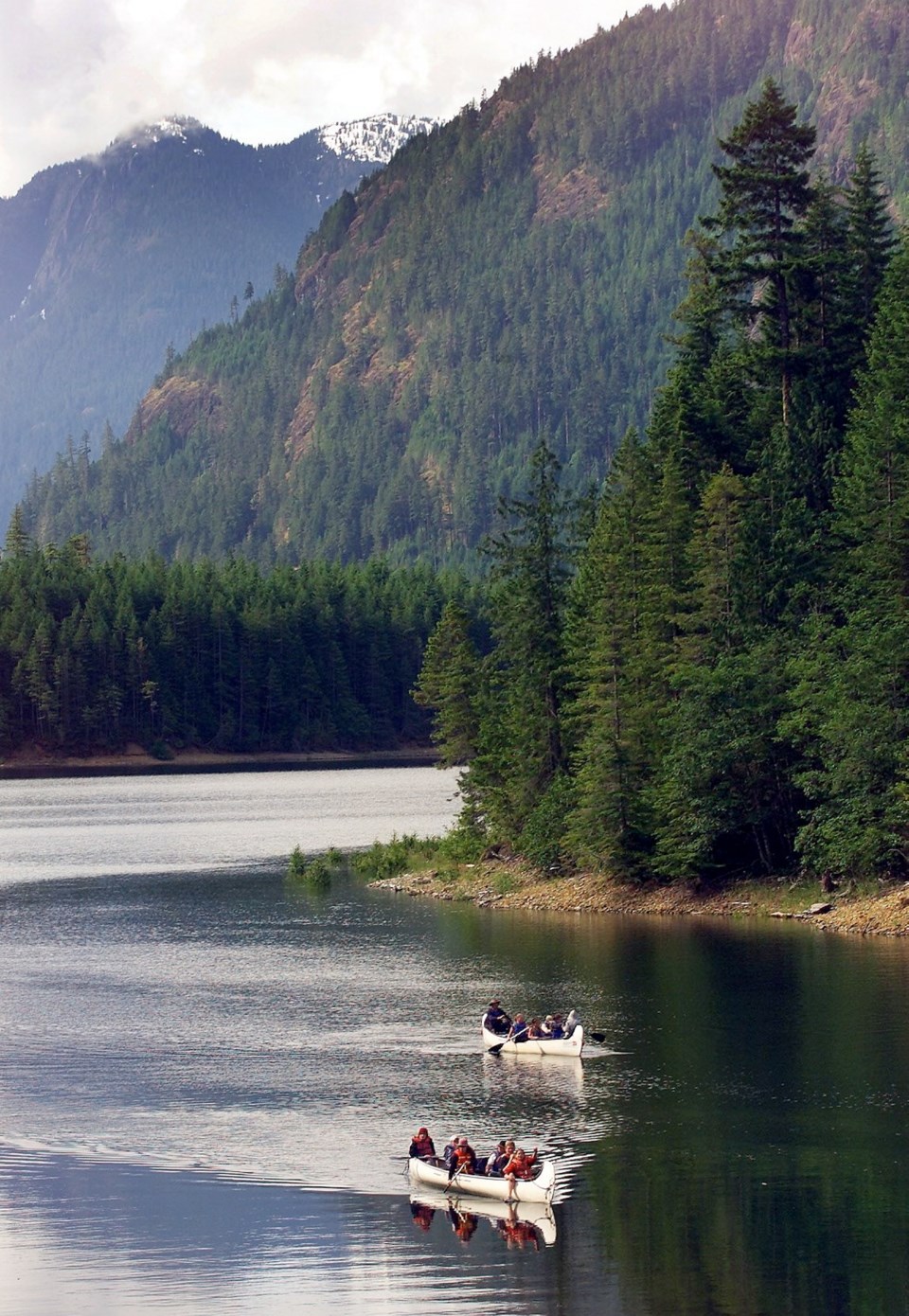Climate change over the next 50 years will affect Strathcona Provincial Park more than any other park in British Columbia, says new research from the University of Victoria.
Vancouver Island marmots and the heather alpine meadows they live in are most at risk, said lead researcher Keith Holmes.
“[The ecosystem] is going to be less seasonal and more like a coastal rainforest,” he said. “It’s good for plant productivity but not these sensitive species.”
Researchers from the spatial pattern analysis research lab at UVic, as well as the University of B.C. and Canadian Forest Services, spent two years analyzing satellite map data and climate-change models to come up with their findings. Their goal was to map the effect climate change would have on provincial parks in B.C.
Strathcona, the oldest provincial park in B.C. and the largest park on the Island at almost 2,500 square kilometres, now has a dry mountain ecosystem, but that’s projected to change to a more lush coastal rainforest ecosystem with more plant life in the next five decades.
The treeline — how high up a mountain trees can grow — is expected to move higher, eliminating the heather meadows. Trees that would normally stop growing at the 200-metre level would be able to survive at the 400-metre mark.
Residents said the study confirms a warming trend they are already seeing.
For more than 50 years, the Boulding family has operated the Strathcona Park Lodge on the Gold River Highway outside the park. “As a kid in the ’60s, I remember skating on the lake here [in the park],” said Jamie Boulding, the third generation of the family to live and work in the region. “Finding a place to skate, even on a pond, is not going to happen [now].”
The findings are a blow to community groups that have worked to preserve marmots in the area.
“We’re on the verge of bringing that iconic and symbolic species back from extinction, and to hear there’s scientific projection that climate changes will endanger them is a real tragedy,” said Kel Kelly, director of the Friends of Strathcona Park.
There are about 250 marmots left in the wild, and the species has been declared critically endangered, the last stop before a declaration of extinction in the wild.
Holmes said the Ministry of Environment has contacted him and is reviewing his data. If they accept his findings, the data will help determine the location of new parks as well as being used in park-management plans, to help preserve the biodiversity of areas under threat of change.
For the marmots of Strathcona Park, however, it might be too late.
“There’s not a whole lot that can be done,” he said. “You could look at transplanting marmots, but this is the habitat that sustains them the longest.”



